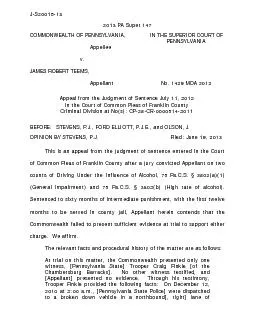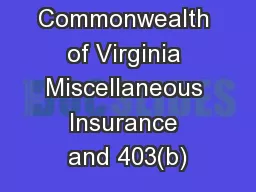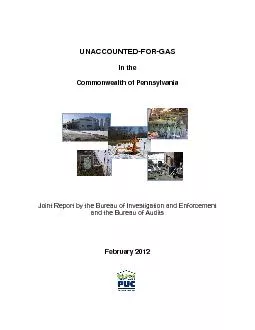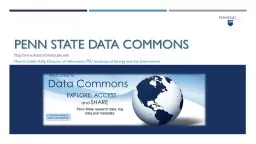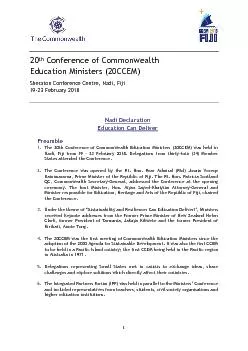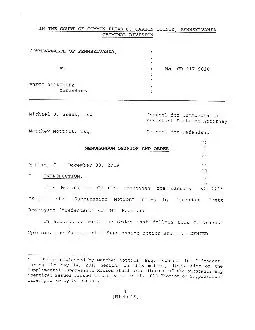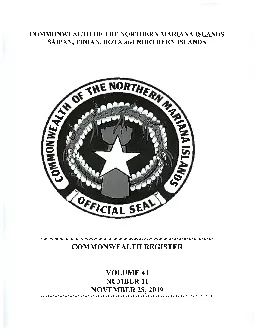PDF-COMMONWEALTH OF PENNSYLVANIA,
Author : giovanna-bartolotta | Published Date : 2015-11-12
IN THE SUPERIOR COURT OF PENNSYLVANIA Appellee JAMES ROBERT TEEMS Appellant No 1429 MDA 2012 Sentence July 11 2012 In the Court of Common Pleas of Franklin County
Presentation Embed Code
Download Presentation
Download Presentation The PPT/PDF document "COMMONWEALTH OF PENNSYLVANIA," is the property of its rightful owner. Permission is granted to download and print the materials on this website for personal, non-commercial use only, and to display it on your personal computer provided you do not modify the materials and that you retain all copyright notices contained in the materials. By downloading content from our website, you accept the terms of this agreement.
COMMONWEALTH OF PENNSYLVANIA,: Transcript
Download Rules Of Document
"COMMONWEALTH OF PENNSYLVANIA,"The content belongs to its owner. You may download and print it for personal use, without modification, and keep all copyright notices. By downloading, you agree to these terms.
Related Documents

